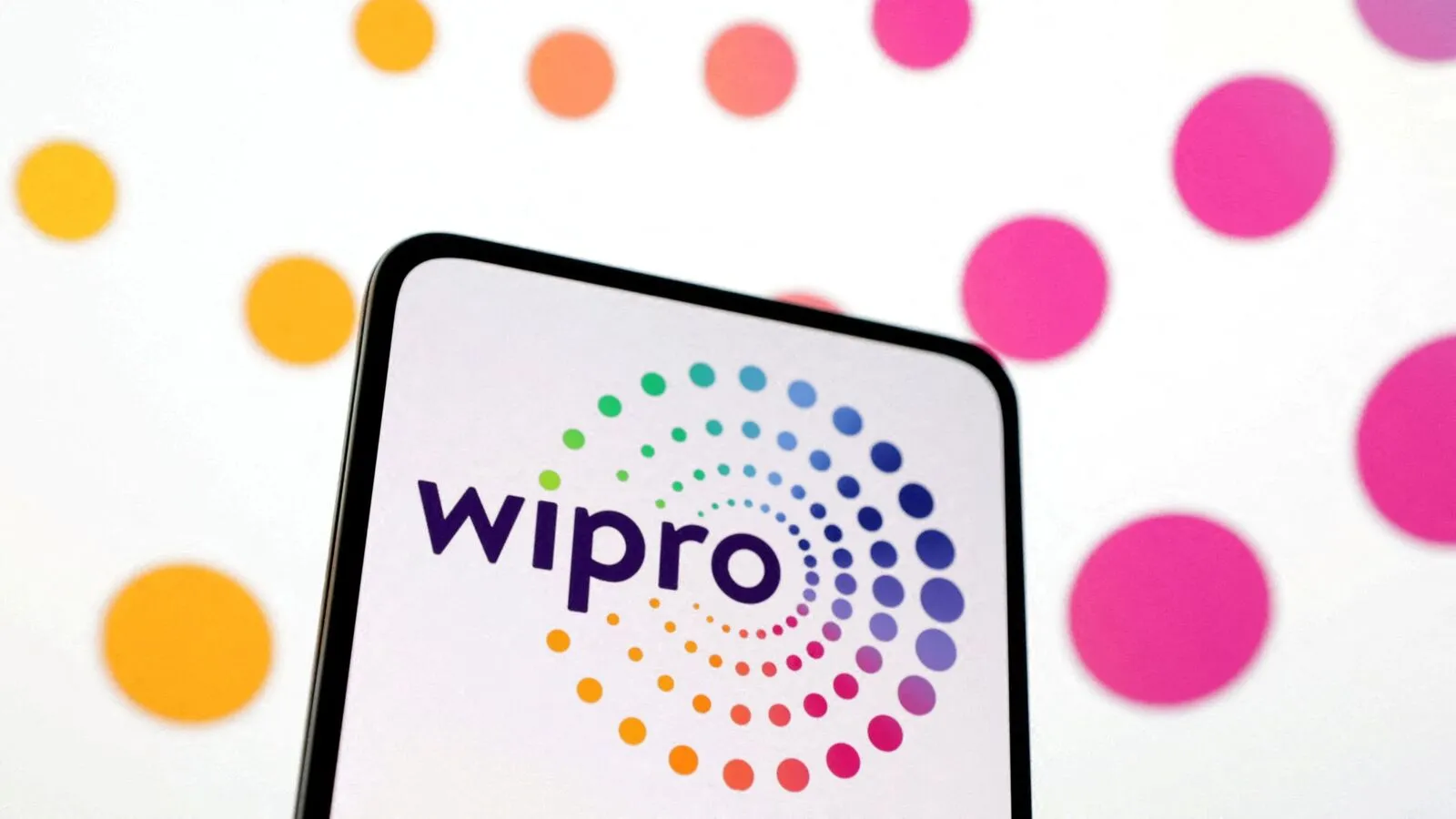The bond market’s rout is bad news for the US economy

The yield on the benchmark Treasury 10-year note rose almost one-half percentage point this past week to 4.49% in often chaotic trading that former Treasury Secretary Larry Summers likened to an occurrence in an emerging market country. The 30-year Treasury came close to 5% on Friday before pulling back to a 4.9% yield.
The sharp rally in the stock market this past week generated most of the attention, punctuated by the nearly 10% gain in the S&P 500 on Wednesday. The index had its best weekly gain since 2023, rising almost 6%.
But what may matter more was the action in the bond market, because yields arguably should be falling, given subdued inflation, falling consumer confidence, and signs of a weakening economy.
Other concerning signals for investors are the sharp rise in gold prices, which hit a new record on Friday, and the dollar, which fell to its lowest level since 2022. Gold surged 7% in the past week to over $3,200 an ounce, bringing its year-to-date gain to 23%. The dollar fell broadly, losing 3% against the euro, which ended at $1.12. The dollar’s weakness could make it tougher for the Federal Reserve to cut short-term interest rates this year because that action would diminish the greenback’s appeal.
U.S. Treasuries have long been the ultimate haven for global investors, but that status is being eroded. Gold’s rally may signal that international buyers increasingly are seeking safety in the metal instead.
Gold’s critics, including Berkshire Hathaway CEO Warren Buffett, have derided it as a static asset that yields nothing and generates no earnings. But the metal is up more than tenfold in the past 25 years, better than the S&P 500. It has far outpaced bonds and most alternative investments, yet few U.S. investors have much exposure to it.
While President Donald Trump announced a reprieve on tariffs for most U.S. trading partners on Wednesday, he ratcheted up the trade war with China. The damage to U.S. relations with much of the world may be hard to mend in the current administration.
It reportedly was bond-market turmoil, more so than the selloff in the stock market, that prompted Trump to relent on tariffs at midweek. Such is the importance of fixed income—and it underscores the comment from political analyst James Carville a generation ago that he wanted to be reincarnated as the bond market because it can “intimidate anyone.”
Trump and his advisers may not appreciate that the U.S. is a debtor nation and needs to attract foreign capital to fund its massive budget deficits. The Trump trade wars may be alienating the very buyers the country needs.
The red ink totaled $1.3 trillion in the first half of the current fiscal year ending in September, putting it on course to top $2 trillion for the full year.
Many investors may be wishing that Kamala Harris had won the election. Her administration might have amounted to Biden Part 2, with little of the drama and conflict of Trump’s first two months—and a better environment for investors.
The municipal bond market went on sale this past week.
Top-rated (AAA) munis with 30-year maturities briefly yielded the same amount as long-term Treasuries on Wednesday, a rare event because of the tax benefits that munis offer. That yield ratio is normally close to 85%.
After a rally on Thursday and selloff on Friday, many high-grade 30-year bonds from issuers like the New York City Municipal Water Finance Authority and the Commonwealth of Massachusetts were yielding close to 5%, against 4.9% for the 30-year Treasury.
A 5% muni yield is equivalent to a 7.7% taxable yield for an investor in the 35% federal tax bracket. The muni advantage is even better for residents of high-tax states like New York and California who hold in-state bonds.
The Bloomberg Municipal Index hit a 4.5% yield during the week, its highest level in 15 years.
“There has been a big adjustment in muni yields this year, and the market is attractively priced,” says Dave Hammer, who heads muni portfolio management at Pimco.
One new fear of investors is that the federal government will do away with the muni tax exemption, after an informal Trump adviser broached the topic. Hammer doubts that will happen, given broad bipartisan support for the tax break, which helps states and local governments borrow more cheaply.
Dan Close, the head of municipal bonds at Nuveen, cites several factors that have contributed to the current volatility.
The muni sector had a weak first quarter as issuance picked up and market conditions worsened in April due to seasonal outflows from muni funds as investors raised cash to pay income taxes. Then came the dislocations in the Treasury market and some exchange-traded fund outflows. Wall Street bond dealers are reluctant to hold munis and absorb selling due to tough bank capital regulations and hedging challenges.
The muni market, Close said, has been supported by institutional “crossover buyers” that bought munis because of their unusual appeal relative to U.S. Treasuries.
There are many ways to invest, including open-end funds like Pimco Municipal Bond (ticker: PMLAX), Vanguard Intermediate-Term Tax-Exempt (VWITX), or Nuveen High Yield Municipal Bond (NHMRX), with the last now yielding about 5.6%. Good managers can add value, but there are many ETFs, including the $40 billion iShares National Muni Bond (MUB).
Brokerage firms don’t sell as many individual muni bonds to investors as they did a decade or two ago due to compliance issues and a lack of bond savvy among many financial advisors. But some retail buyers still like to hold actual bonds, clip coupons, and avoid management fees.
Many investors haven’t bothered to buy munis in recent years due to low rates. But 5% yields could change the equation.
Cracks are starting to form in the $1.5 trillion private-credit market, and the hot sector could face its first major test since exploding in size over the past decade.
Companies like Ares Management, Apollo Global Management, Blue Owl Capital, Blackstone, and KKR are big players in the market. They make high-rate loans at about 10% to smaller junk-grade companies that often have been the target of leveraged buyouts. Private credit has been a critical growth area of the alternative-asset business in the past few years.
Credit losses historically have been low—and investor returns high—but that could change if the economy weakens. Most of the funds are private or offer limited liquidity, but the $70 billion of publicly traded business development companies, or BDCs, offer a read on sentiment—and investors have gotten worried recently.
A sharp selloff has taken shares of BDCs down an average of 20% from their February highs, including Ares Capital (ARCC), Blue Owl Capital (OBDC), Blackstone Secured Lending (BXSL), and FS KKR Capital (FSK). They now yield 10% to 15%.
Julian Klymochko, CEO of the Canadian financial services company Accelerate, notes that the Ares and Blackstone BDCs now change hands around net asset value after trading at steep premiums earlier this year.
Big discounts to NAV have opened up on what investors view as riskier BDCs. FS KKR is at a roughly 20% discount; Blue Owl Capital, 14%; Goldman Sachs BDC (GSBD) and Oaktree Specialty Lending (OCSL), around 23%. These discounts are based on year-end 2024 NAVs.
“BDCs are not a recession-resilient sector due to the illiquid, leveraged nature of private credit. It is too early to gauge the depth of the slowdown, but the possible disruption to business and consumer demand will be a significant concern for investors,” wrote KBW analyst Paul Johnson this past week.
One thing to watch is how the BDCs valued their portfolios on March 31, when they report earnings in the coming weeks, given the sharp widening in junk-bond yield spreads this year. That spread widening should theoretically depress portfolio values, but BDCs tend to not mark them down unless the underlying loans encounter credit problems.
One danger with BDCs is leverage. Unlike junk-bond mutual funds and ETFs, which tend to use little or no leverage, BDCs generally use a dollar of debt for every dollar of investor equity. This amplifies risk. Given the selloff in junk bonds this year, one could say that BDC NAVs should be down 5% or more.
In evaluating BDCs, investors should look at their portfolio’s credit quality, which some managers have built better than others. The safer ones concentrate on senior secured loans, which carry the least amount of risk. Subordinated debt, preferred stock, and equity would suffer more in a downturn.
A good alternative to BDCs are junk-bond closed-end funds like BlackRock Corporate High Yield (HYT). It now trades below $9 a share and yields almost 11%. It has a liquid portfolio of bonds from large companies like Charter Communications, and its holdings are regularly valued based on market prices. It has lower fees and leverage than most BDCs.
Write to Andrew Bary at andrew.bary@barrons.com






